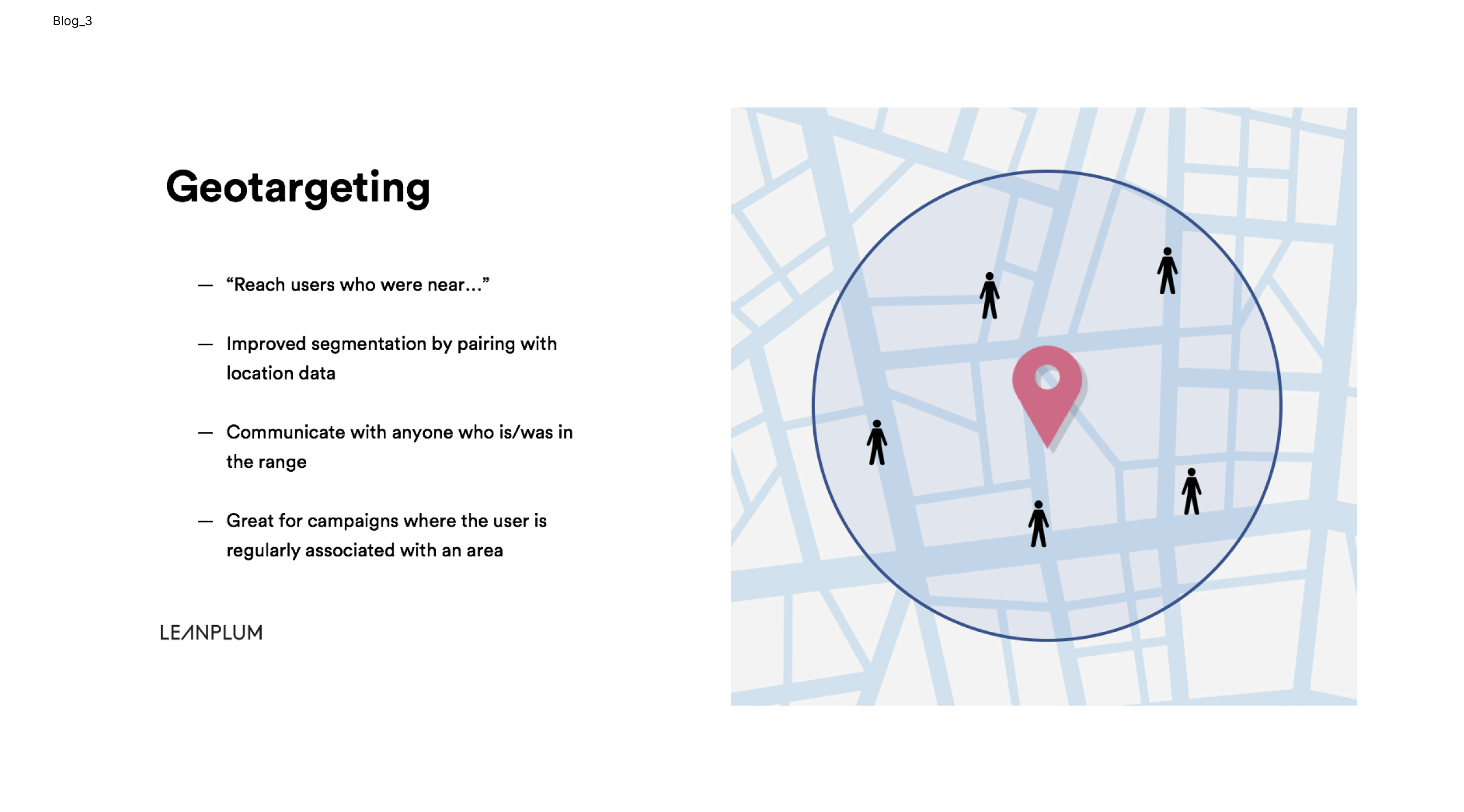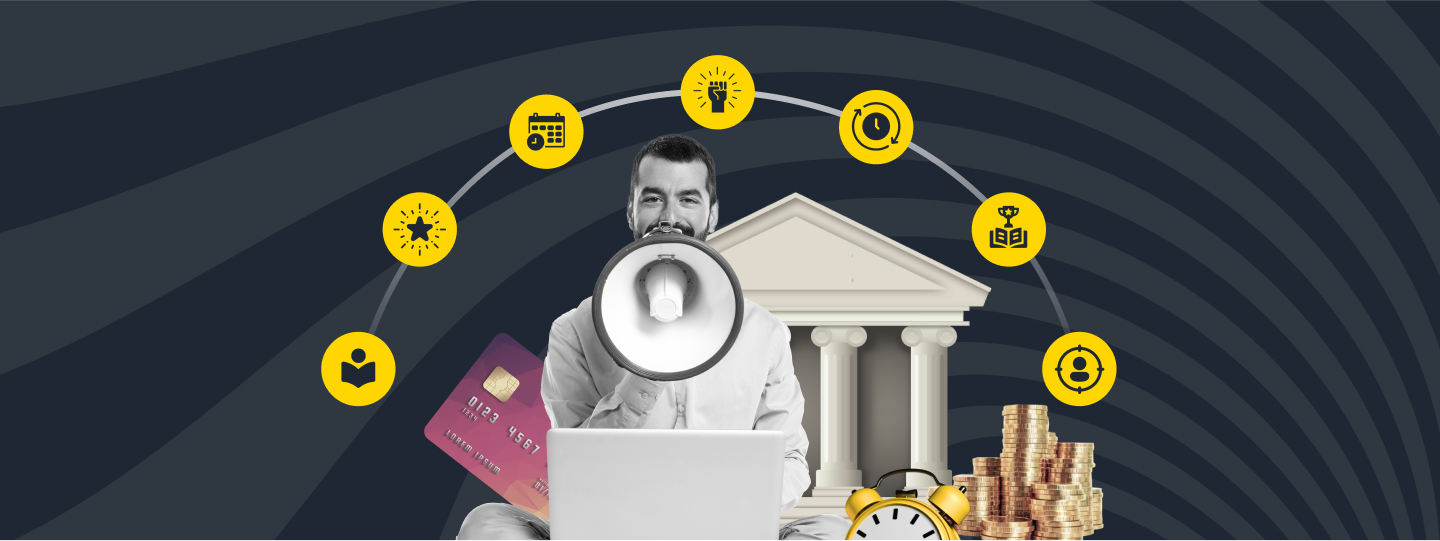If you work in the digital marketing ecosystem, 2023 has been a transformative year. We’ve seen remarkable growth in mobile marketing expenditures globally. According to this report, mobile spends now account for 51% of search ad spend share, up 4% from the previous quarter and 8% year-over-year. This highlights the critical importance of implementing mobile-first marketing strategies.
Some key milestones that made a big noise in the mobile marketing ecosystem include:
- As of 2023, TikTok remains one of the most downloaded non-gaming apps globally, surpassing both Facebook and Instagram. According to Sensor Tower, TikTok continues to dominate app downloads.
- Instagram has removed the public like counts from posts to reduce social pressure and promote mental well-being.
- Instagram has enhanced its platform to facilitate shopping with features like catalogs and more. This shift is detailed in the Instagram Business blog.
- Google continues to prioritize fast-loading mobile websites in its search rankings.
- Voice search continues to rise, with significant improvements in accuracy and usage.
- WhatsApp Business has become a crucial tool for small businesses, particularly mom-and-pop shops, to connect with customers.
- Users now spend more than 90% of their mobile time in apps.
and the list is endless!
So, if you haven’t already geared your brand towards a big fat mobile strategy in 2024, you need to be worried. Read on to help you keep up with the top 18 mobile marketing strategies and tips and tricks that your website/app needs to implement in 2024.

- Vertical content
Don’t stick to the conventionally horizontal or square format of static & video content only. Most platforms today have adapted to a vertical content format (for both static graphics & videos too). It’s time you make full use of the real estate available on your user’s screen to create impact. - User-generated content
Stop treating your social media channels like an online brochure! Talking just about yourself (or your brand) is so 2010. Start posting content that can generate chatter within your community & drive conversations. Ask for opinions from your users. The generation today doesn’t like to be told, they need participation to feel the belongingness with a brand. - Hyperlocal campaigns with personalized communication
Spray & pray doesn’t work anymore, or should I say doesn’t result in optimum ROI. Understand your target audience, know how their typical day looks like in the geography you’re targeting them, how their general online behavior is, then devise ways to connect with your audience, making them feel you’re one of them, and they can in turn trust you! - Personalized video ads
Oh yes, you can create personalized videos at scale! Idoomo is one such tool to help you with that. Personalized Video merges data and video to deliver exceptional experiences that wow customers, and produce higher and more measurable ROI. - Mobile optimized emails
It’s said that 61.9% of all emails are first opened on a mobile device. Your emailers today need to be more personal, with fewer links, larger fonts, and visually plausible. - Push notifications
Mobile Push notifications are surely an underrated marketing mechanism in your mobile marketing strategy. Subscribers for push notifications can be carefully built using tools like WebEngage. They have much better open rates compared to traditional emailers and can prove to be a great asset in your growth marketing strategy. - SMS marketing
While SMS marketing might not be the best tactic for acquisition, it surely plays an important part in retention. Keeping in touch with existing customers and intimating them of important updates, all with a view to turn them into brand advocates is possible with the right and non-pushy SMS marketing strategy.
Growth strategy
- Chatbots
You need to speak to your customers to convince them that you’re worthy of their time, especially when you run a services business. - QR codes
Though traditional, QR codes will have a big impact in times to come. And keeping it limited to your digital landscape and not utilising it in the physical world, could be counted as a missed opportunity. If you are an e-com business, you better have QR codes on your packaging to have the recipient become your newsletter subscriber or maybe follow you on Instagram. If you have a physical store, have huge banners giving users a reason to follow you on their favorite social channels. - Whatsapp API campaigns
You can use the power of WhatsApp to drive meaningful conversations with fence-sitters. Freely available WhatsApp API (which by the way may not require any technical know-how) can reduce your cost per lead drastically. Here’s an example of how to run a WhatsApp API campaign. - Augmented reality
While this can be an expensive affair, giants are now releasing tools like Facebook’s Spark AR to simplify augmented reality and bring it into daily marketing use. AR-driven 360-degree views of product images on e-commerce sites or how a furniture e-store can help customers see how the furniture will look in their rooms before they purchase the same can revolutionize mobile shopping experiences completely. - Social commerce
Popularised mainly by Facebook, Instagram & Pinterest, most social media platforms want to be super friendly with e-commerce businesses. With Shop features and Shopify integrations, you can definitely add a lot of value to your e-com business by being available for social commerce.
Strategy to “Get Found”
- Google My Business (GMB)
Don’t forget to optimize your GMB listing, it can drive crazy business. Here’s an example of how we generate leads for DigiChefs using Google My Business results. Note – the results are local in nature, hence the businesses shown must be in the near vicinity for them to pop up.
- Voice search optimization
Voice searches are increasingly becoming popular. This indicates that your content needs to include conversational queries to raise your website or app’s chance to rank well on search engine result pages. - ASO (App store optimization)
Just the way you optimize your website, you should definitely optimize your app. App Store and Google Play Store are equally important as user acquisition channels and just by having higher rankings on your relevant search terms, it can drive an immense amount of downloads for your app.
Subscribe to our newsletter to stay updated on the latest in B2C marketing
Traditional marketing strategy
- Affiliate campaigns for app installs
Don’t fall for massive app install campaigns in 2022. Those incentive-based campaigns may give you cheaper downloads but we all know how severely useless those downloads are! Have a healthy affiliate marketing strategy with appropriate targeting from your partners and strongly monitor all the mobile KPIs like “Uninstalls within 24 hours” and more. - In-app advertising on social channels
Using the not so popularly used mechanisms for in-app ads can serve as a growth hack for your brand! For example, if you are a medical clinic, you can run Messenger ads where users can ask you a couple of questions before you invite them to the clinic for a one-to-one consultation. An increased focus on story ads on Instagram can help drive visibility & clicks using vertical video content like mentioned earlier. - Lifetime value (LTV) vs one-time acquisition
In 2022, people will have mobile phones with a minimum memory of 64 GB. With most of their songs & videos online, they really don’t mind installing your 50-100MB app. What is challenging is to have your app opened once it’s installed! Hence, running engagement campaigns to signify the value your app brings to your customer’s life is as important as acquiring the user in the first place.
Mobile marketing strategies for small businesses
Implementing mobile marketing strategies can be a game-changer for small businesses looking to boost their conversion rates. Here’s how you can make it happen:
Make Your Website Mobile-Friendly
It’s crucial to have a website that looks great and works well on mobile devices. In 2023, a whopping 55% of global web traffic came from mobile devices. If your site isn’t optimized for mobile, you could be missing out on a lot of potential customers.

Offer Mobile Payment Options
Simplifying the payment process can significantly improve conversions. Mobile payments are becoming the norm, expected to account for 42.6% of all e-commerce transactions by 2023. Providing mobile payment options can make it easier for customers to complete purchases.
Leverage SMS Marketing
SMS marketing is incredibly effective, with an open rate of 98% compared to 20% for emails. Sending timely promotional messages, reminders, and updates via SMS can drive immediate responses and conversions.
Utilize Location-Based Marketing
Geolocation technology allows you to send targeted messages based on your customers’ physical locations. Location-based mobile ad spending is projected to reach $36.5 billion in 2024. This means more personalized marketing and higher conversion rates.

Advertise on Social Media
Social media platforms like Facebook, Instagram, and TikTok are mobile-friendly and offer excellent advertising opportunities. In 2023, mobile ad spending on social media is expected to make up 76% of total social media ad spend. These platforms help you reach a wider audience with targeted ads, increasing the chances of conversions.
Develop a Mobile App
Creating a mobile app can foster customer loyalty and engagement. In 2023, people spent an average of 4.86 hours per day on mobile apps. Apps offer a direct communication channel and can provide exclusive deals and personalized content, boosting conversion rates.
Optimize Email Marketing for Mobile
It’s vital to ensure your emails are mobile-friendly. Responsive email designs that are easy to read on mobile devices
can improve click-through rates and conversions.
Here you go; these are some tactics that will definitely help you have a solid mobile marketing strategy in 2022. Questions? Drop by in the comments or just say hi.
Bonus Read – The 16 Mobile App Metrics You Must Track In 2024
FAQs
What is a mobile marketing strategy?
A mobile marketing strategy is a plan designed to reach your target audience on their smartphones, tablets, and other mobile devices through websites, email, SMS, social media, and apps. It focuses on optimizing content and ads to be mobile-friendly, ensuring users have a seamless experience regardless of their device.
What is a mobile-first marketing strategy?
A mobile-first marketing strategy prioritizes designing and creating digital content for mobile devices before scaling it up for desktops. Given that most users now access the internet via mobile, this approach ensures better engagement and user experience on smaller screens.
Why is a mobile strategy important?
A mobile strategy is crucial because more people access the internet via mobile devices than ever before. By optimizing your content and ads for mobile, you can reach a larger audience, enhance user experience, improve engagement, and ultimately drive more conversions.
What are the types of mobile marketing?
There are several types of mobile marketing, including:
-
- SMS marketing
- Push notifications
- In-app advertising
- Mobile-friendly websites
- Location-based marketing
- Social media marketing on mobile platforms
- QR codes
How effective is mobile marketing?
Due to the widespread use of smartphones, mobile marketing is highly effective. It allows businesses to reach customers directly and personally. High open rates for SMS and push notifications, as well as increased mobile web traffic, show that mobile marketing can significantly boost engagement and conversions when done right.


































 Vanhishikha Bhargava
Vanhishikha Bhargava

 Kasturi Patra
Kasturi Patra



